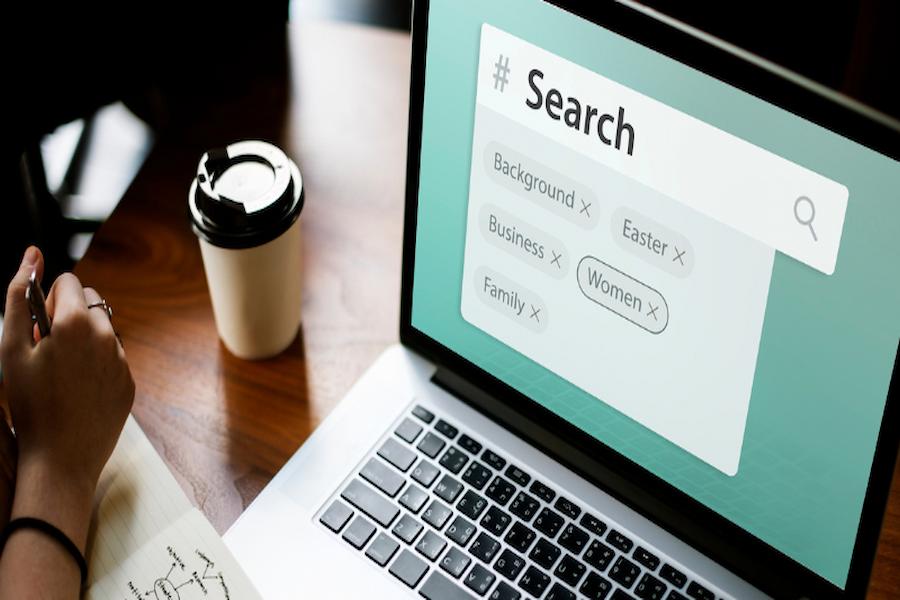Imagine you run a small bakery in your area. You’ve got delicious pastries, but your website barely shows up when someone searches “best croissants near me.” That’s where knowing how to add keywords in website comes in. By placing the right phrases in the right spots, you can help search engines and hungry customers find you. In this guide, we’ll walk through practical steps to research, place, and measure keywords so your site climbs the search results.
Why Keywords Matter for SEO

User Intent and Search Visibility
When someone types a query into Google, they’re expressing intent looking for information, products, or services. If your website pages align with those intents, you’ll earn higher visibility. Think of keywords as signposts that tell search engines what your content is about. The better those signposts match what people are searching, the more traffic you’ll attract.
How Search Engines Use Keywords
Search engines crawl your page and look for keyword signals in titles, headings, and body text. They analyze context to determine relevance to a user’s search. Too few signals and your page might be overlooked; too many and you risk looking like spam. Striking the right balance helps search engines confidently rank your content for relevant queries.
Researching the Right Keywords

Tools and Techniques
Start with free tools like Google Keyword Planner or Ubersuggest to generate keyword ideas. Enter a seed term—say “croissant recipe”—and review suggested keywords, search volume, and competition. Note variations like “easy croissant recipe” or “homemade croissants.” Then cross-check in paid tools (SEMrush, Ahrefs) if you have access.
Balancing Search Volume and Competition
High-volume keywords may seem appealing, but they often come with fierce competition from established sites. Long-tail keywords (longer, more specific phrases) usually have lower volume but higher conversion potential. For example, “best gluten-free bakery in Multan” may have only 50 searches a month, but those visitors are more likely to buy. Aim for a mix of head terms and long-tail variations.
Where to Add Keywords on Your Website

Page Titles and Meta Descriptions
Your page title (the clickable headline in search results) is prime real estate. Include your main keyword e.g., “How to Add Keywords in Website for Better SEO” near the front. Write a meta description that naturally weaves in the keyword once, summarizing the page in 150–160 characters. Although meta descriptions don’t directly affect rankings, they influence click-through rates.
Headers (H1–H3)
Use one H1 per page (usually the main title) and sprinkle your primary keyword there. Then break your content into sections with H2s and H3s, each reflecting related phrases. For instance, an H2 might read “Where to Add Keywords on Your Website,” and an H3 under it could be “Headers (H1–H3).” This structure helps both readers and search engines scan your content.
Body Copy and Natural Placement
Within your paragraphs, aim to include your main keyword and its variations 2–3 times per 500 words. Avoid forced repetition write naturally. For example: “To add keywords in website content, start by identifying the terms your audience uses.” Then follow with helpful details. Read your text aloud: if it sounds awkward, rephrase.
URLs, Image Alt Text, and Internal Links
Short, descriptive URLs help search engines and users. Instead of /p=1234, use /add-keywords-in-website. For every image, set an alt attribute that describes the image using keywords when appropriate (e.g., alt=”keyword placement in website”). Finally, link between related pages on your site using keyword-rich anchor text—like “learn more about keyword research.”
Best Practices for Keyword Placement
- Write for Humans First. Keywords guide SEO, but engaging, informative copy keeps visitors on your site. Google measures dwell time, so focus on reader value alongside SEO.
- Use Synonyms and LSI Keywords. Latent Semantic Indexing (LSI) keywords are related terms—e.g., “SEO optimization,” “search engine visibility.” They signal depth and context to search engines.
- Keep Paragraphs Short. Break content into 2–3 sentence paragraphs. Readers skim online, so concise blocks improve readability.
- Leverage Schema Markup. If you publish recipes, reviews, or events, use structured data to highlight them in search results. Tools like Google’s Structured Data Markup Helper make implementation easier.
- Update and Republish. SEO isn’t one-and-done. Review your content every 3–6 months, adding new keywords or refreshing statistics as search trends shift.
Common Mistakes to Avoid
Keyword Stuffing
Stuffing a page with your target keyword dozens of times might have worked years ago but not anymore. Search engines punish this practice, and readers will bounce when they see awkward phrasing. Keep density around 1–2% and prioritize clarity.
Ignoring Long-Tail Keywords
Only targeting broad terms like “bakery” means competing with giants. Long-tail terms may have lower volume but attract motivated visitors. List out possible questions your audience might ask like “how to add keywords in website for local SEO” and target those too.
Forgetting Mobile Users
Over half of web traffic now comes from mobile devices. If your pages load slowly or have hard-to-read text, you’ll lose visitors and harm rankings. Use Google’s PageSpeed Insights to check load times, and ensure keyword placement looks natural on smaller screens.
Measuring and Refining Your Keyword Strategy

Tracking Rankings and Traffic
Set up Google Analytics and Google Search Console to monitor how your pages perform for target keywords. In Search Console, you can see impressions, clicks, and average position for each query. Identify which keywords are underperforming and adjust content or placement.
Using Google Analytics and Search Console
In Analytics, create a custom report grouping pages by keyword themes. Track metrics like bounce rate, time on page, and conversions to gauge engagement. If a page ranks but has high bounce, consider improving the introduction or UX. In Search Console, look for “low CTR” warnings often a sign your title or meta description needs tweaking.
Conclusion
Adding keywords in website content is both art and science. Start with solid research, then place terms thoughtfully across titles, headings, and body text. Follow best practices write for humans, avoid stuffing, and track performance. With consistent effort and periodic refinement, you’ll see your site climb the rankings and attract more qualified visitors. Now it’s your turn: pick one page on your site and implement today’s tips to get started.









Add comment
You must be logged in to post a comment.